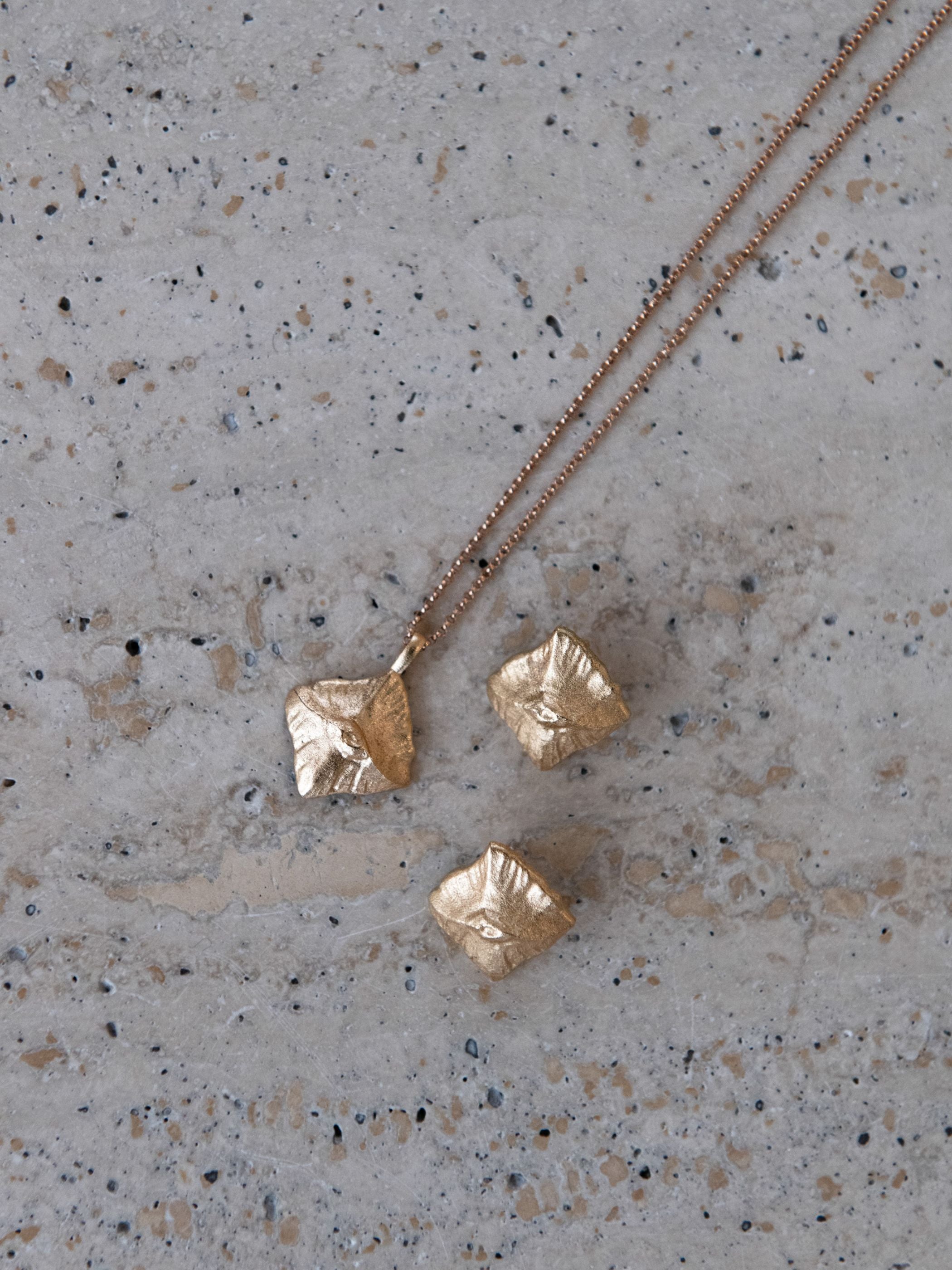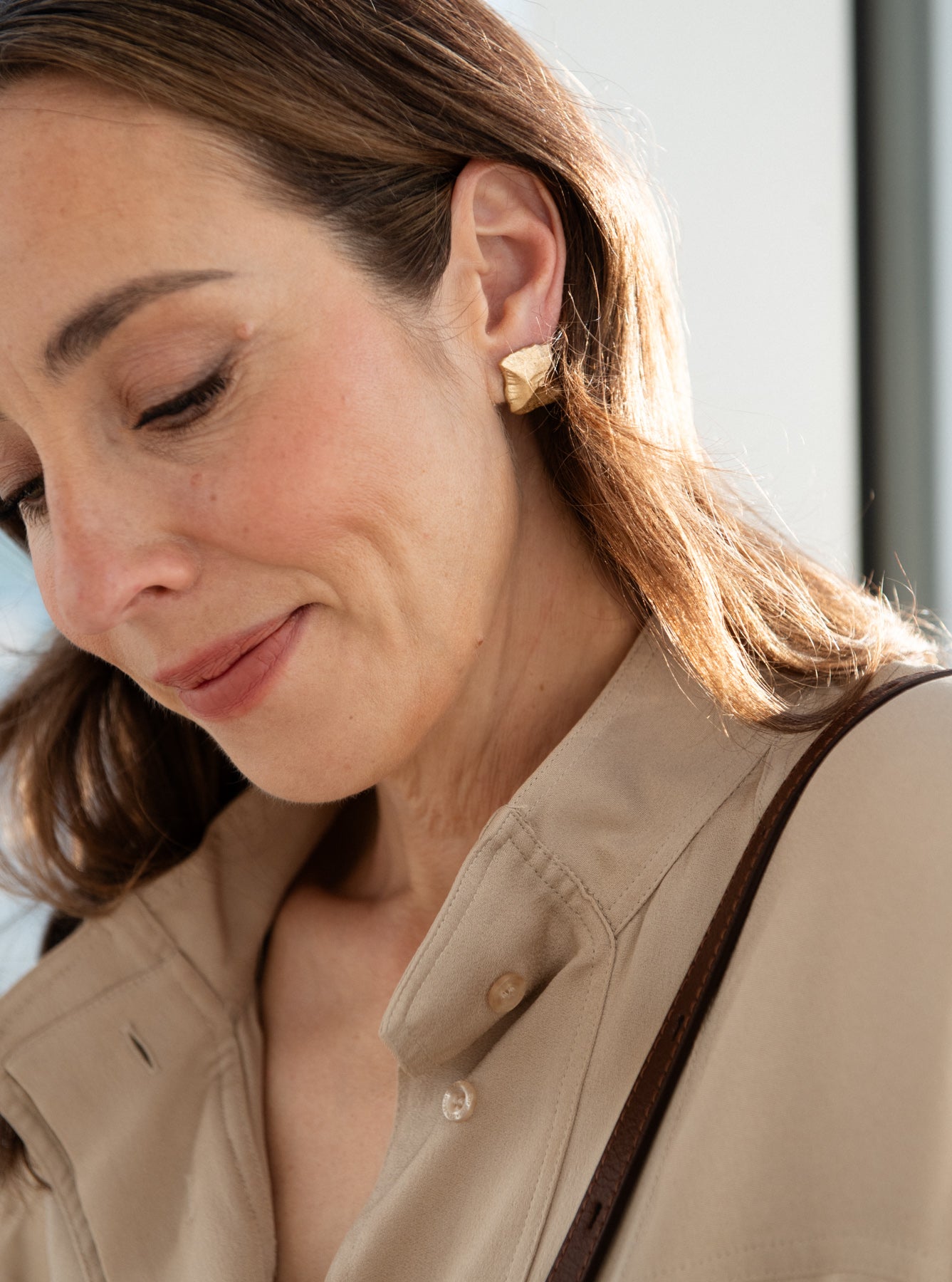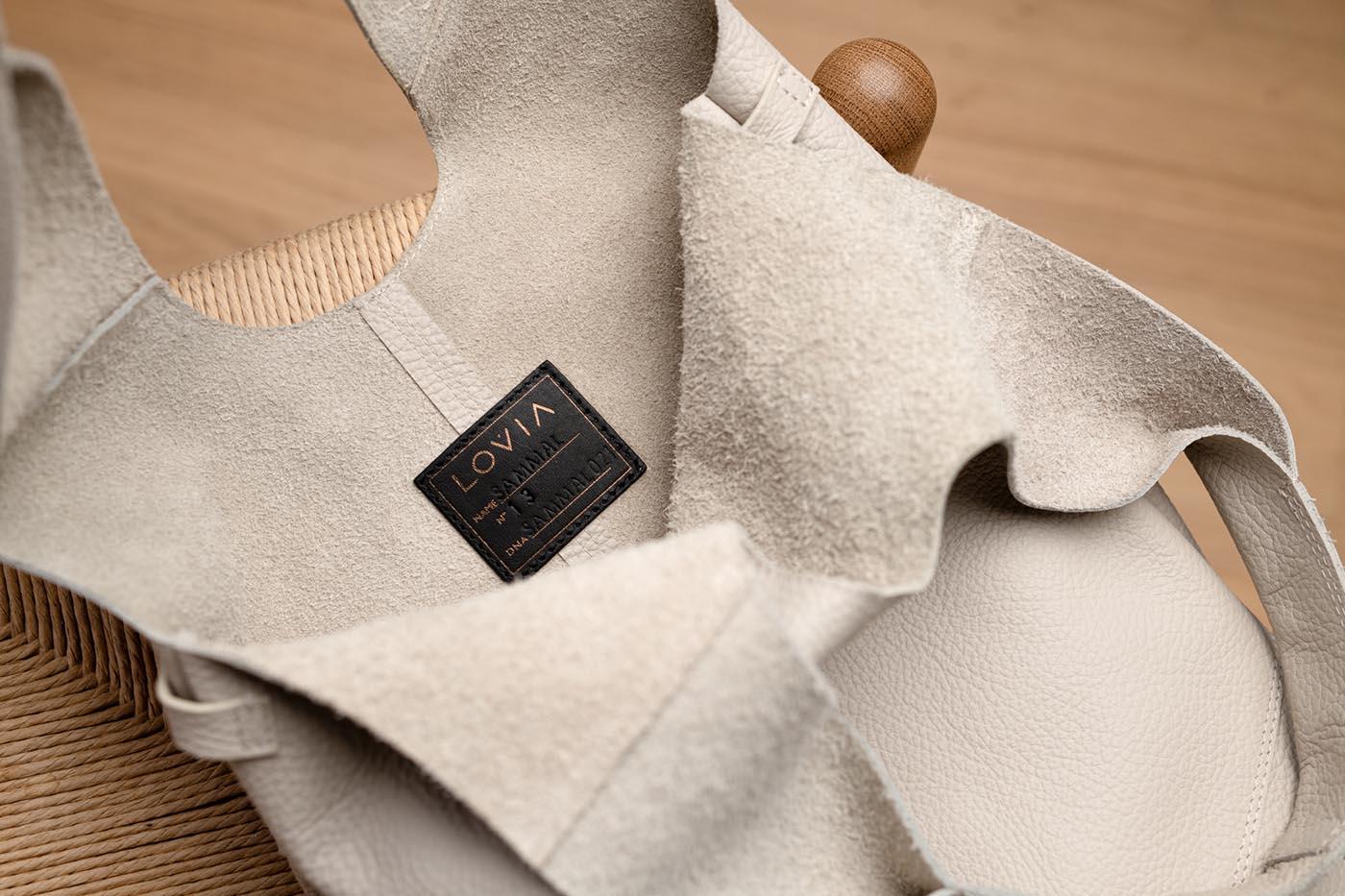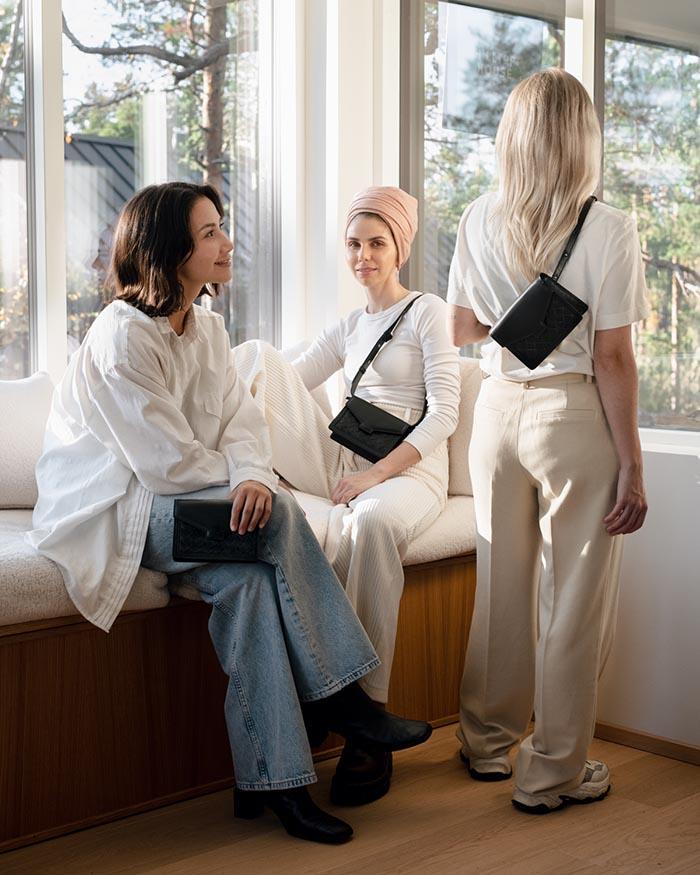Climate change is our time’s single largest threat. In order to continue our actions, we feel it crucial to be well aware of our own impact on the environment. Only this way can we develop towards better, simultaneously creating even more everlasting products while diminishing their relative carbon footprint.
Get to know our...
Emissions
Materials
Production
Pricing
Track your DNA
The journey of our bags from the trash to yours is an adventure that you can explore at different stages. Each of our bags carries a DNA code that tells the story of the product with raw honesty, from materials to makers and transparent pricing. Discover the story of your treasure by writing its DNA code below. You can find the transparent DNA of jewelry by writing the name of the jewelry in the field.
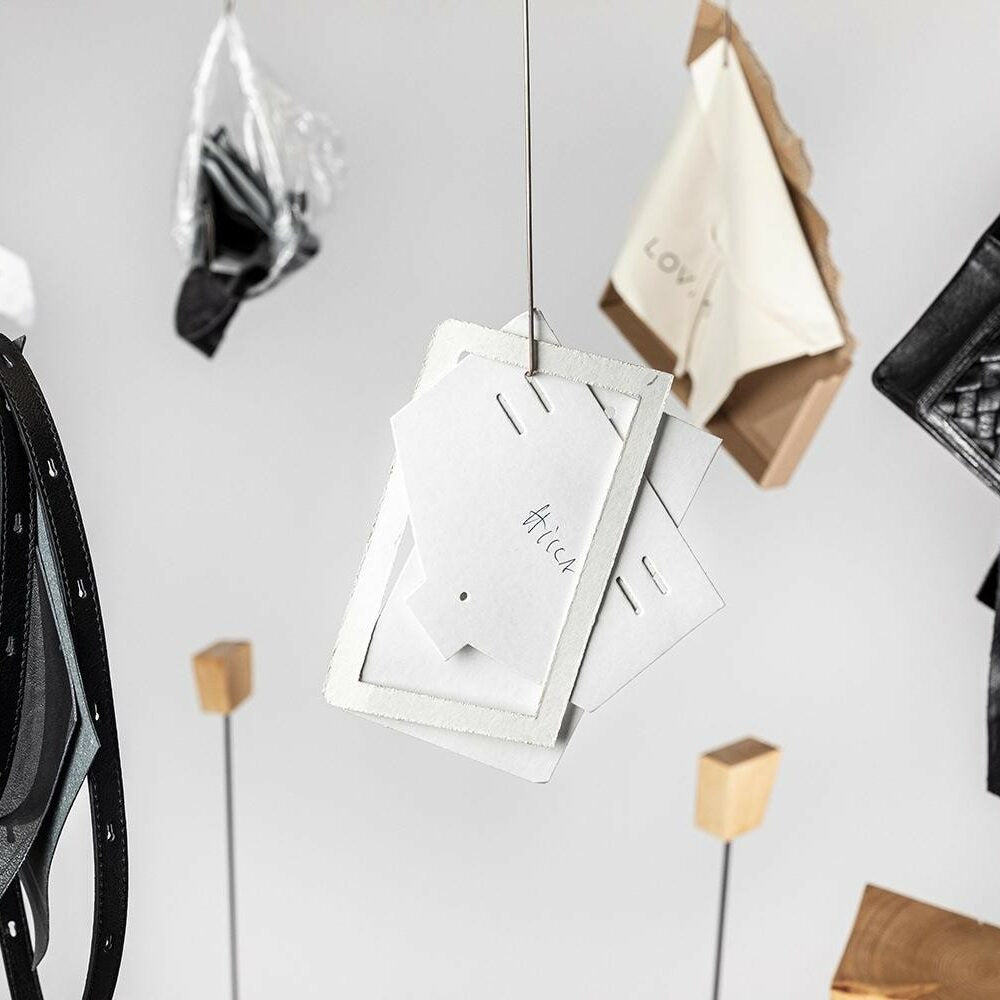
Honest CO2 numbers
Carbon footprint is an important tool, guiding our internal actions by serving as an indicator. For combating climate change, it is crucial for us to truly understand, evaluate and develop our own impact.
The CO2 footprint frames our production and value chain, thus having a large impact on our decision making. By examining this key figure, we can justify the existence of a product, look into new material and product innovations together with our partners, measure development and of course increase awareness and discussion.
The CO2 numbers provide inspiration for you to examine your own personal impact and create a deeper understanding. They also shed light on the comprehensive fashion industry ecosystem and its impact on our planet.
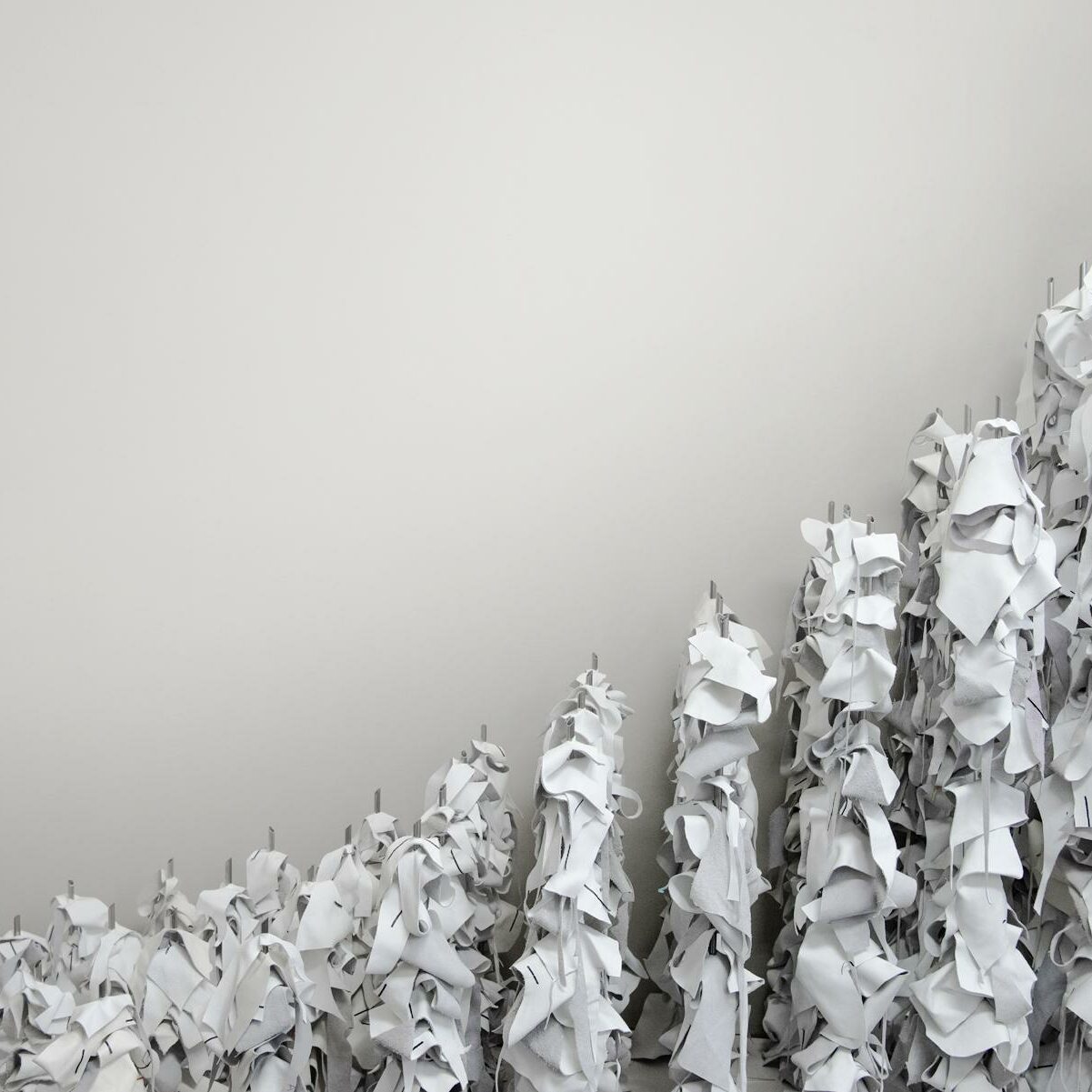
Excess Materials
Excess leather and textile serve as the main source of material for Lovia bags. These materials are gathered by Lovia as cutting waste from the Finnish furniture industry, salmon leather as a by-product of food production and elk hides derived from government-regulated population-control hunting.
The choice to utilise otherwise wasted resources as materials already diminishes the carbon footprint of our items. Our collection also prevents these valuable resources from going to waste and ending up in landfills. We can even utilise excess of our own production to create what we call zero-waste hero items, such as smaller leather goods. If we were to utilise recycled raw material streams instead of collecting these leftovers, creating usable materials from them would require more energy and resources.
It is our mission to utilise as much of wasted materials as possible and turn them into timeless design items that will purposefully serve for decades. We choose our material partners carefully and ensure we share the same values. Together we can create a larger impact and shift perspectives from traditional production into a more circular economy.
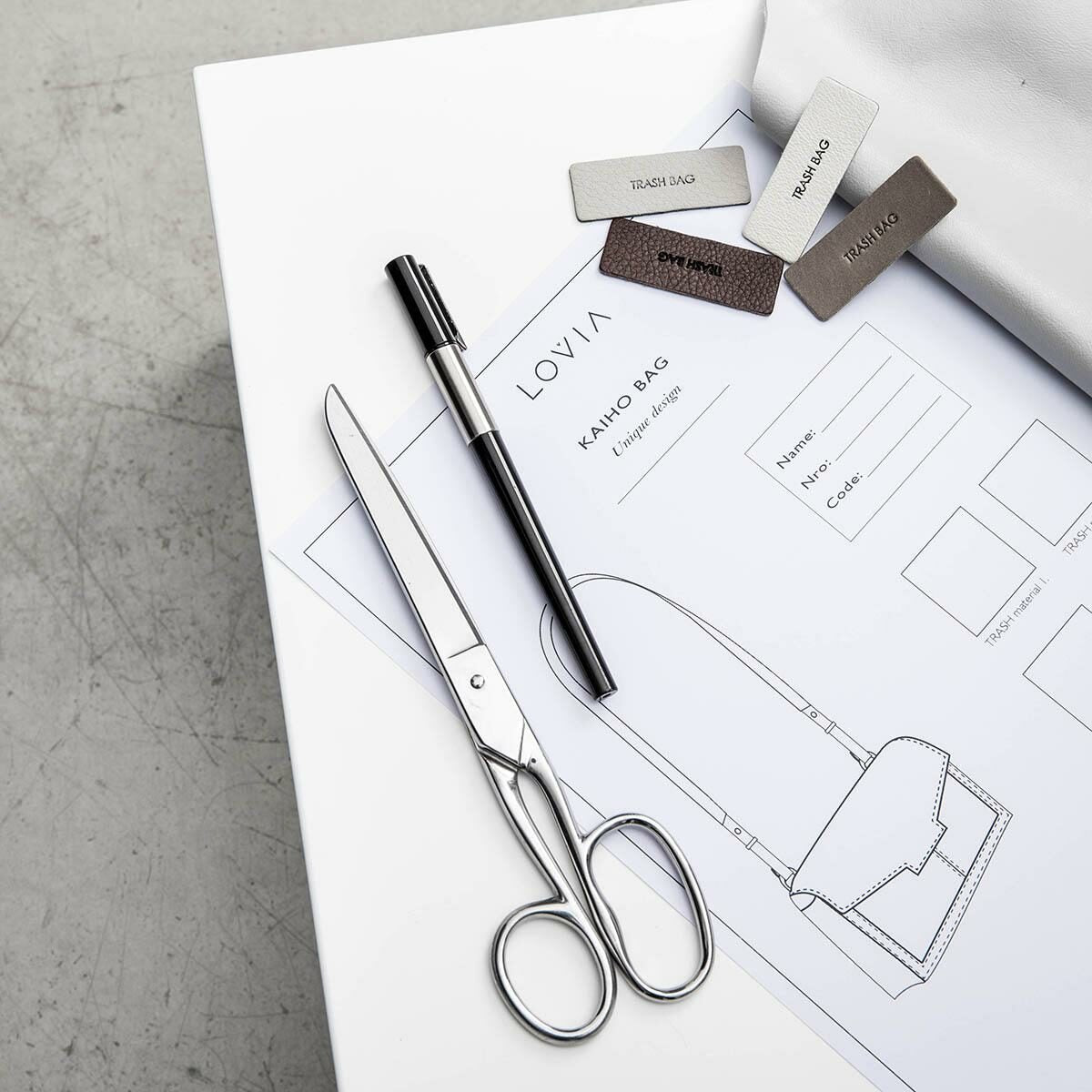
Direct Production
Finding the right partners in our own production has been crucial in order to create a functional value chain utilising the rescued materials collected. Our bags are made in the hands of artisans in near Milan, Italy and jewellery by our goldsmith in Helsinki, Finland.
Thanks to our direct-to-producer value chain we are able to ensure that production is of high quality, maintains ecological practises and is truly ethical. As we know our partners personally and are in direct contact with them, we are also able to look into developing our cooperation together and creating meaningful relationships through mutual respect.
We aim to visit our producers regularly. Having close relationships with our producers enables us to collaborate in a truly purposeful way, meaning that we can also develop more sustainable operation practises together. We want to promote open communication and transparency with our producers in order to do better together.
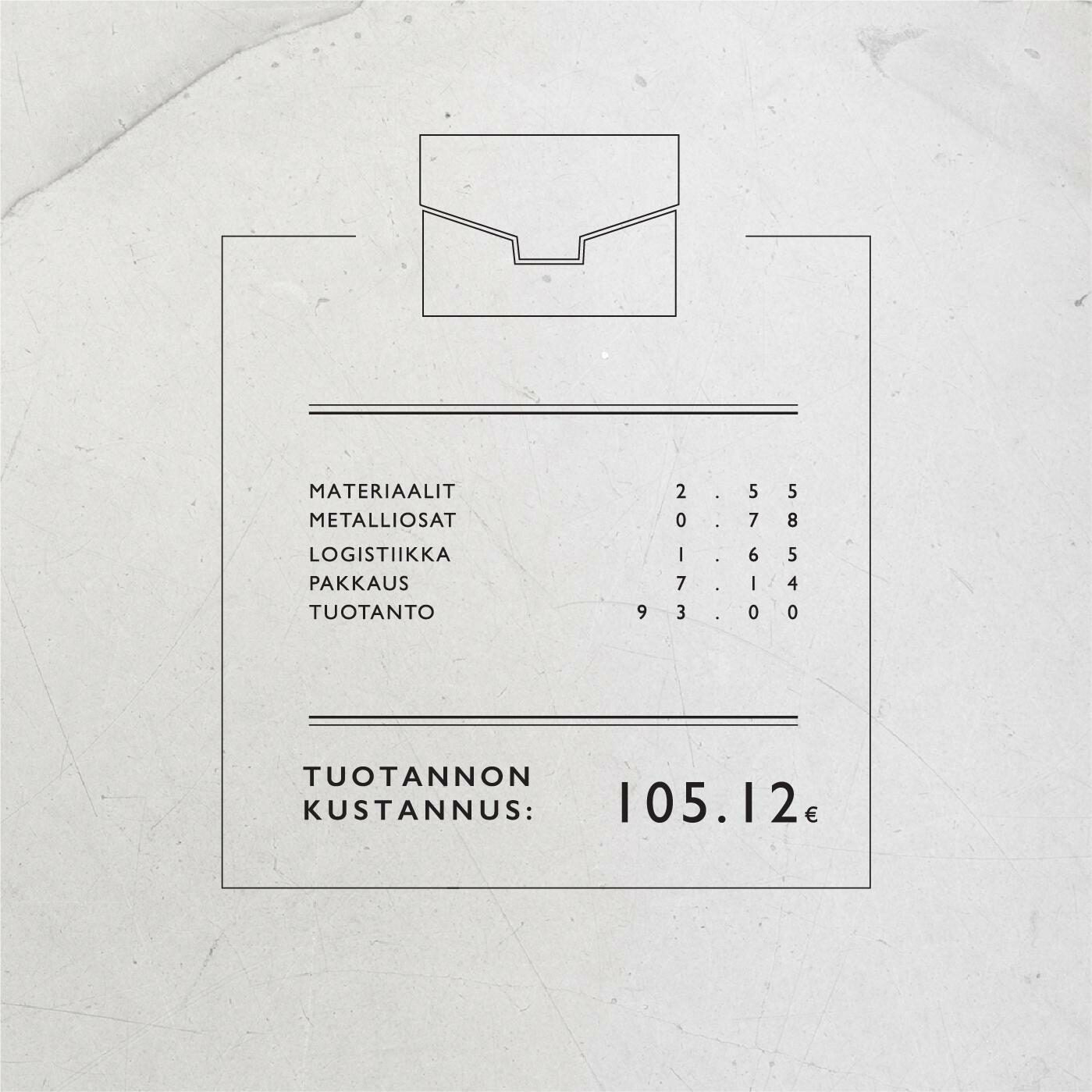
Transparent pricing
We reveal the pricing behind each step of the way; from main materials to metal parts, production, packaging and our own margin.
Barred-off, complicated value chains and unjustified margins are large-scale issues in the fashion industry. The end customer is kept in the dark on who is actually getting paid on the process, and this can lead to massive issues of social injustice and environmental problems.
To combat these issues you can examine the pricing behind our products, told transparently. We also open up about our own margin and show what a comparison to traditional pricing.




